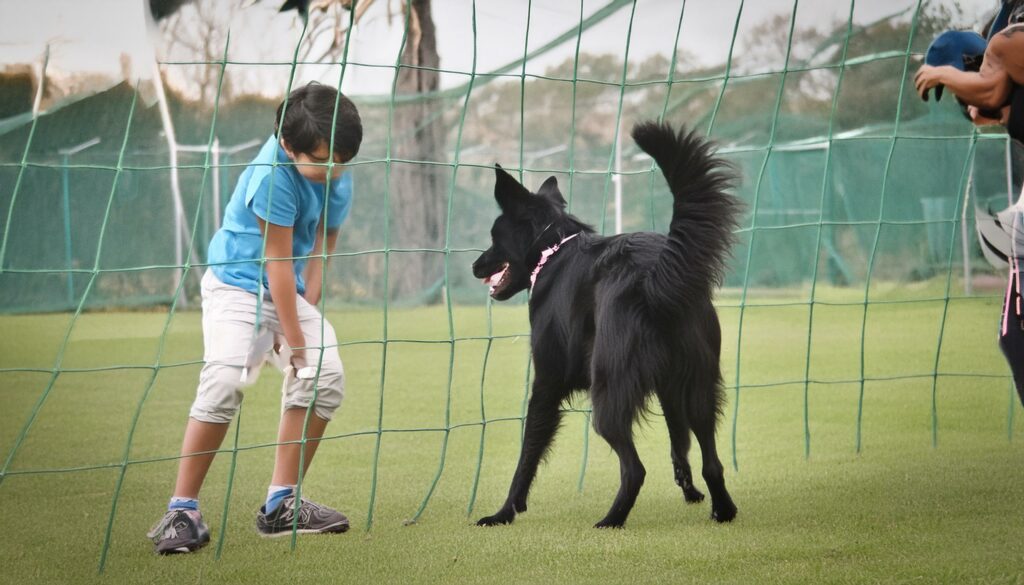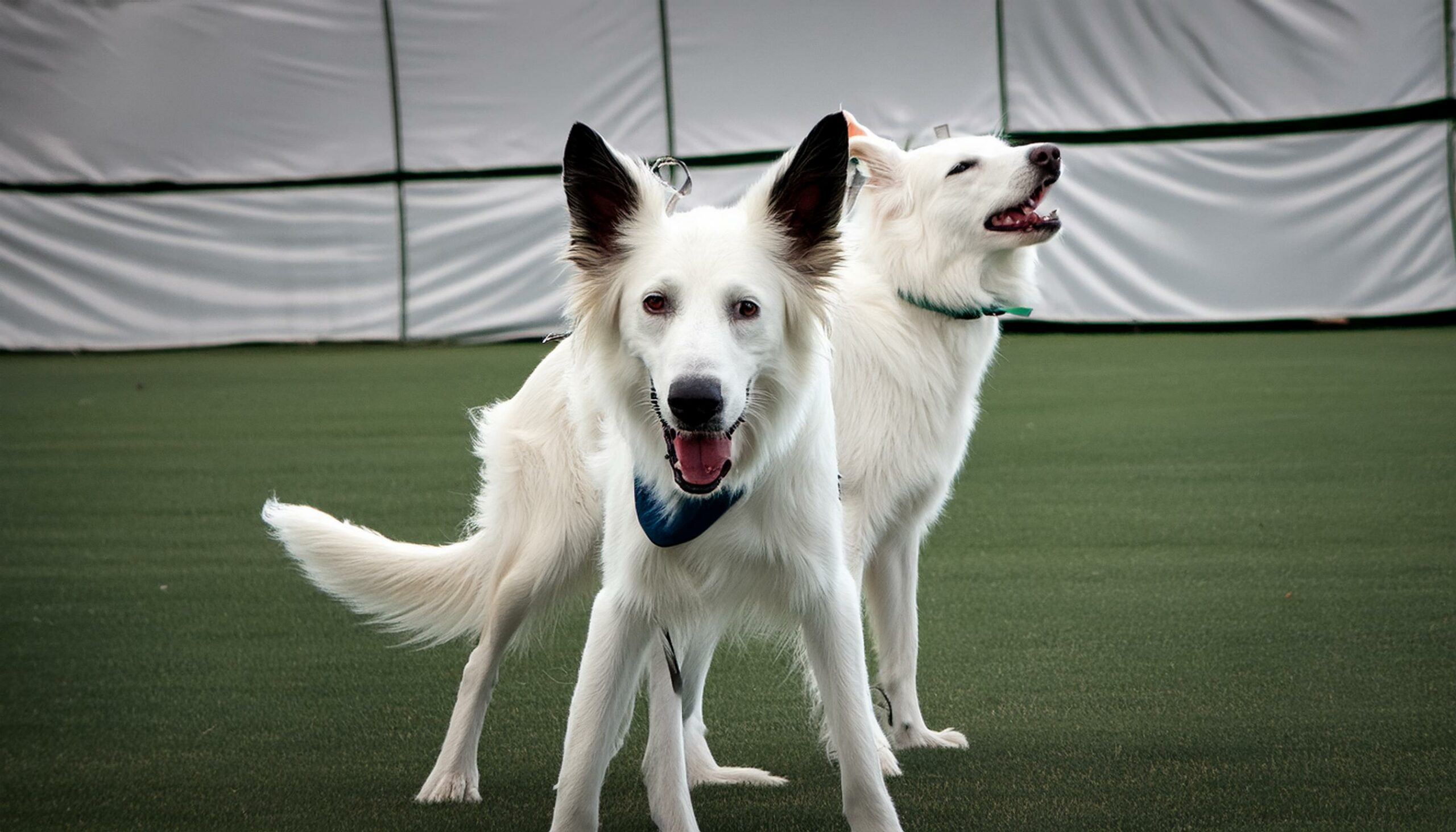Choosing a Border Collie to welcome into your home is an exciting decision, but the choice between a male and female Border Collie can be daunting. Both genders come with their unique traits and characteristics that may sway your decision. In this comprehensive guide, we’ll explore the differences between male and female Border Collies to help you make an informed choice that aligns with your lifestyle and preferences.
Understanding Border Collies
What Makes Border Collies Unique?
Border Collies are a breed apart, renowned for their unparalleled intelligence, agility, and unwavering loyalty. Originating from the Scottish borders, these remarkable dogs were bred for their herding prowess and continue to excel in various roles, from farm work to competitive sports to loving companionship.
Traits of Border Collies
Border Collies possess a myriad of traits that set them apart from other breeds. They are known for their boundless energy, sharp intellect, and strong herding instincts. Their keen focus and problem-solving abilities make them adept learners, always eager to please their owners.
Differences Between Male and Female Border Collies

Physical Differences
Physically, male and female Border Collies exhibit subtle but discernible differences. Males are generally slightly larger and more muscular, with broader heads and necks. In contrast, females tend to be more slender and refined in appearance.
Temperamental Differences
Temperamentally, male and female Border Collies may display distinct behaviors. Males are often more independent and assertive, while females can be nurturing and sensitive. However, it’s essential to remember that individual personality traits can vary greatly within each gender.
Choosing Between a Male and Female Border Collie
When deciding between a male and female Border Collie, several factors should influence your decision.
Considerations for Different Lifestyles
Your lifestyle plays a significant role in determining which gender is better suited to your home. If you lead an active lifestyle and enjoy outdoor activities, a male Border Collie’s higher energy levels may be a perfect match. Conversely, if you prefer a more laid-back companion for indoor activities, a female Border Collie might be more suitable.
Training and Bonding Preferences
Training and bonding styles can vary between male and female Border Collies. Males may respond better to firm and consistent training methods, while females may be more receptive to positive reinforcement. Regardless of gender, establishing a strong bond with your Border Collie requires patience, consistency, and mutual respect.
Male Border Collies: Pros and Cons
Advantages
- Physical Strength: Male Border Collies tend to be larger and more robust, making them ideal for physically demanding tasks.
- Protective Instincts: Males may exhibit stronger protective instincts, making them excellent guardians of their home and family.
- Assertiveness: Male Border Collies are often more assertive, which can be beneficial in certain training scenarios.
Challenges
- Marking Behavior: Some male Border Collies may engage in territorial marking, especially if they are not neutered.
- Dominance Issues: Male dogs, in general, may display aggression towards other male dogs, necessitating careful socialization and training.
- Need for Leadership: Males may require consistent leadership and boundaries to prevent behavioral issues.
Female Border Collies: Pros and Cons

Advantages
- Affectionate Nature: Female Border Collies are often more affectionate and nurturing, forming strong bonds with their owners and family members.
- Less Likely to Engage in Dominance Struggles: Female dogs tend to be less prone to dominance issues, making them easier to integrate into multi-pet households.
- Responsive to Positive Reinforcement: Females may respond better to training methods based on positive reinforcement, fostering a harmonious relationship between owner and dog.
Challenges
- Mood Swings: Female Border Collies may experience mood swings, especially during heat cycles, requiring patience and understanding from their owners.
- Maternal Instincts: Some females may exhibit maternal instincts towards other animals or family members, which can be challenging to manage.
- Training Sensitivity: Females may be more sensitive to tone and body language during training, necessitating a gentle and patient approach.
Conclusion
In conclusion, the decision between a male and female Border Collie ultimately boils down to your individual preferences, lifestyle, and ability to meet their needs. Both genders can make exceptional companions and excel in various activities with the right training and care. Whether you choose a male or female Border Collie, you’re embarking on a rewarding journey filled with love, loyalty, and endless adventures.
FAQs
Which gender of Border Collie is easier to train?
Both male and female Border Collies are highly trainable, but males may require firmer leadership, while females may respond better to positive reinforcement.
Do male and female Border Collies have different energy levels?
Generally, male Border Collies tend to have slightly higher energy levels, but individual variations in temperament can also play a significant role.
Are male or female Border Collies better suited for families with children?
Both genders can be great companions for families with children, but it’s essential to consider each dog’s individual personality and compatibility with children.
Do male or female Border Collies have different grooming needs?
Grooming needs can vary between individuals, but males may have slightly thicker coats, while females may require extra attention during heat cycles.
Are there any health differences between male and female Border Collies?
While both genders are prone to certain health issues common to the breed, such as hip dysplasia and eye problems, there are no significant health differences between males and females.
